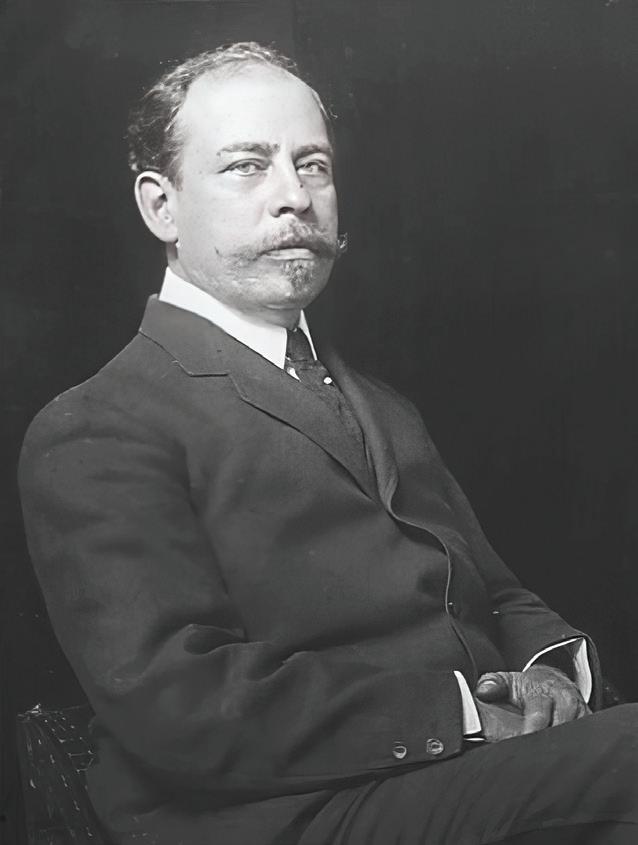
5 minute read
2023 Whitehall Lecture Series
Architects of the Gilded Age

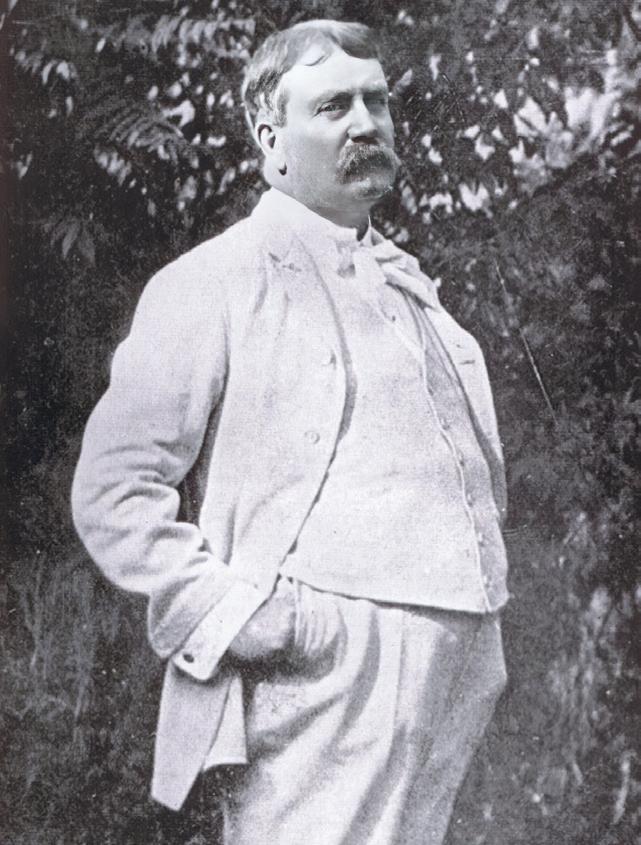

February 5 - March 19, 2023
Lectures begin at 3:00 pm on Sunday afternoons
Tickets available at www.FlaglerMuseum.us
Free for Museum Members at the Visionary and Legacy level
$15 for all other Members
$40 per lecture for non-members
Includes Museum Admission
Sponsored by:
The Whitehall Lecture Series is funded in part by The Palm Beach County Board of County Commissioners, Tourist Development Council, and the Cultural Council for Palm Beach County.
The Annual Whitehall Lecture Series presents Architects of the Gilded Age, at 3:00 p.m. each Sunday afternoon from February 5th to March 19th. Experts and authors will speak about the architects that were responsible for some of the most iconic structures built during the Gilded Age, the golden era of a booming economy, and rapid scientific and technological advancement.
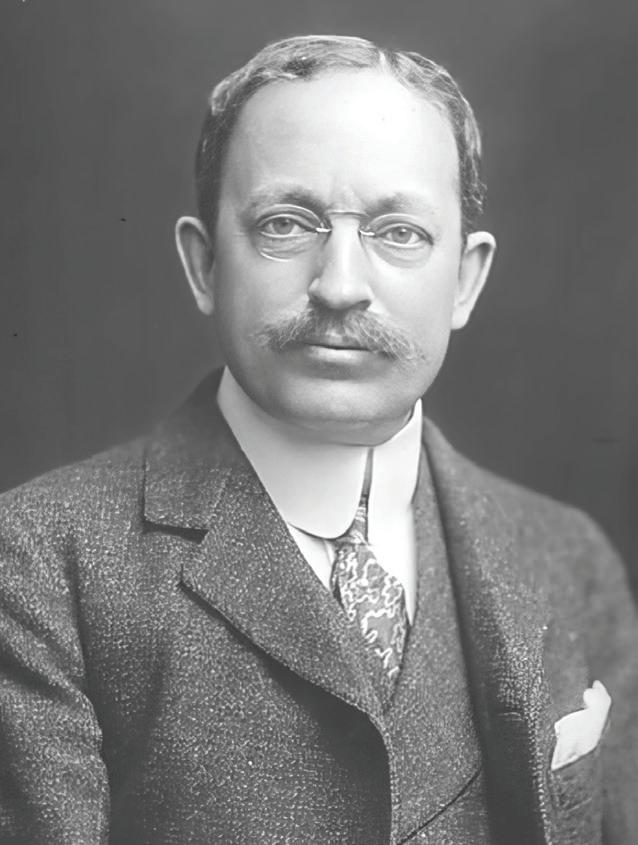
When possible, each lecture will be followed by a book signing with the author. Visit the H M Flagler & Co. Museum Store for a wide selection of books related to the Whitehall Lecture Series.

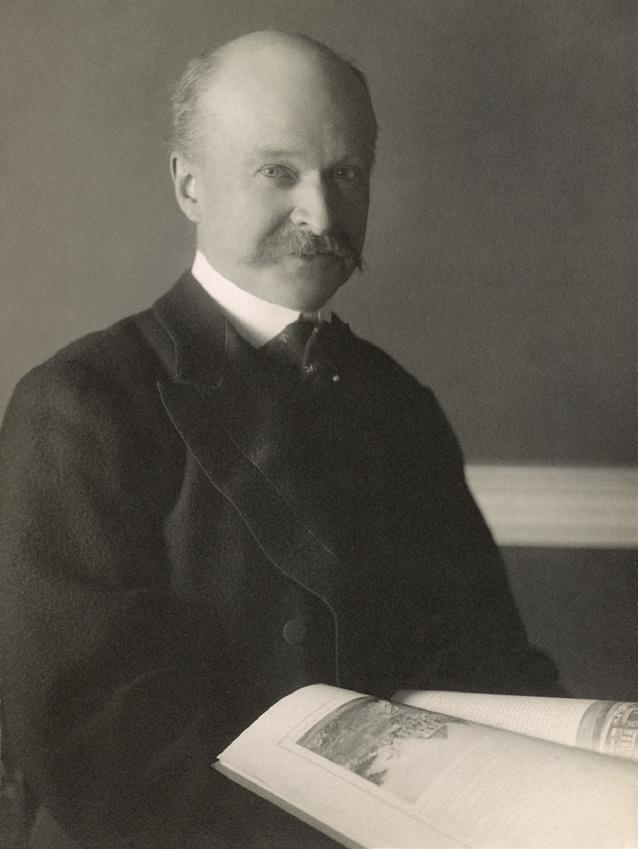
The lectures may be viewed online via a free, interactive webcast at www.FlaglerMuseum.us. Visitors may listen live, see the presentation, and submit questions.
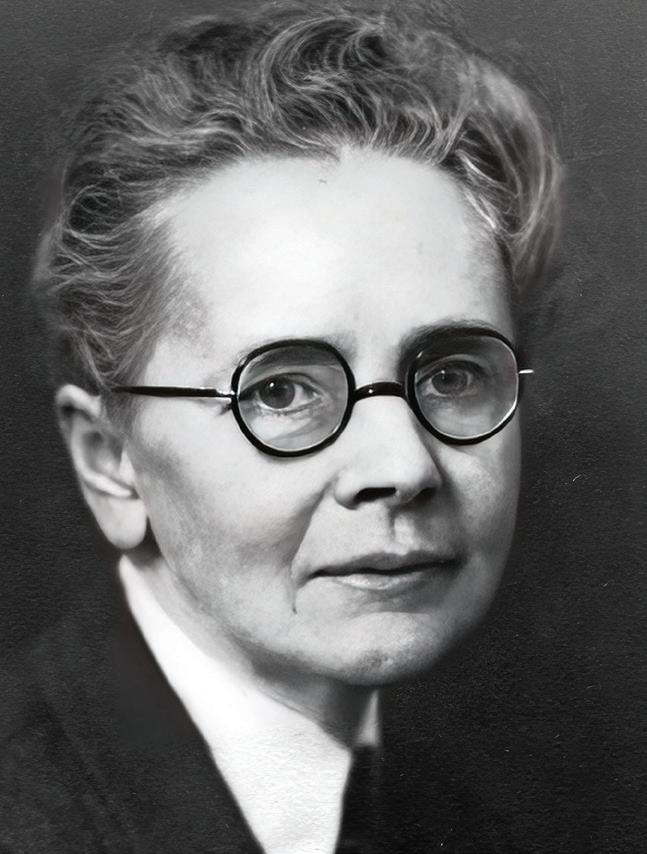
February 5th
- The Influence of École des Beaux-Arts in America
Presented by Dr. Laurie Ossman
The most famous and oldest school of arts is the École nationale supérieure des Beaux-Arts in Paris. The school has a history spanning more than 350 years, training many of the great artists in Europe. The Beaux-Arts style of architecture draws on classical design, preserving these idealized forms and passing the style on to future generations.
Dr. Laurie Ossman joined the Antiquities Coalition Advisory Council in May 2017. Previously, Laurie was the Director of Museum Affairs at the Preservation Society of Newport County, overseeing the curatorial, conservation, interpretation and academic initiatives at the Preservation Society’s 11 historic properties – seven of them National Historic Landmarks – which range in date from the mid-18th to the early 20th centuries.
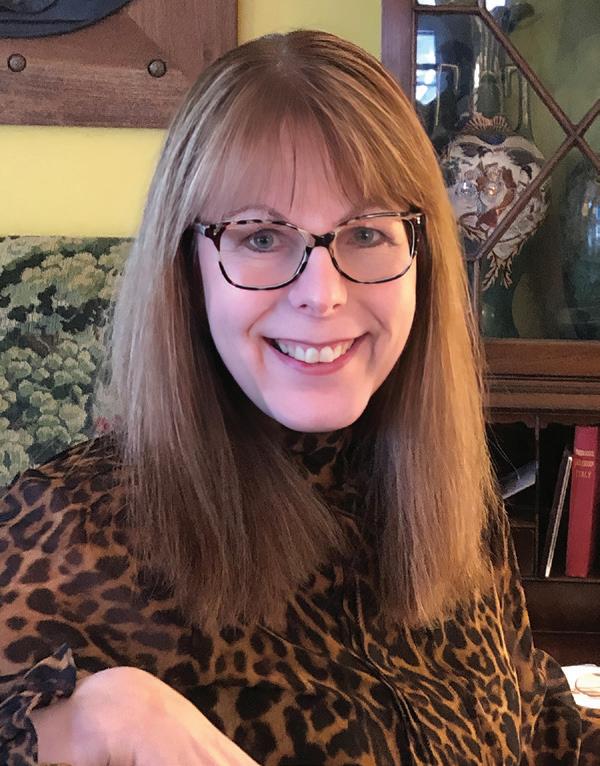
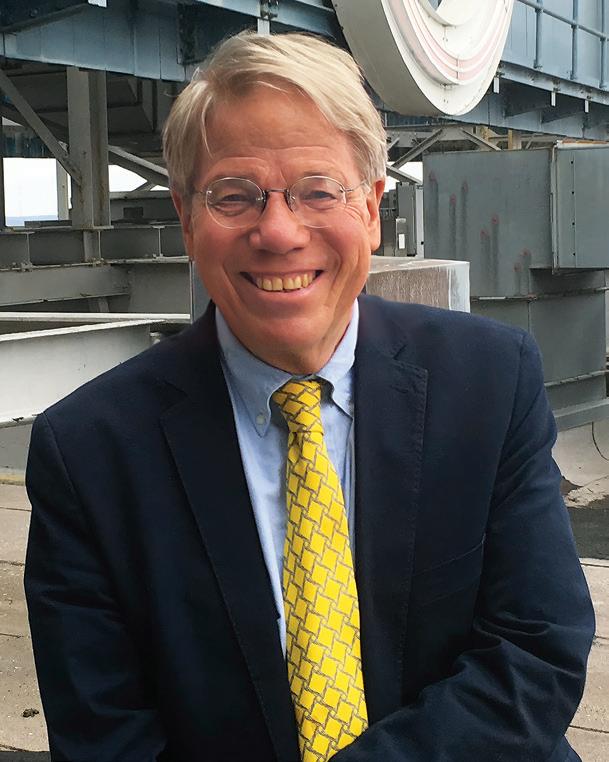
February 12th - The Architecture of Horace Trumbauer: “The Standard, Metropolitan and Authoritative Thing”
Presented by Dr. David Brownlee
Horace Trumbauer (December 28, 1868 - September 18, 1938) was in many ways the most enigmatic architect of America’s “Gilded Age.” Although he left school when he was 14, by the time he was thirty he had built palatial homes for some of the nation’s wealthiest families, and his office would produce more than 800 designs over the next forty years. In addition to great houses, this included important public buildings such as the Widener Library at Harvard, the Philadelphia Museum of Art, the Free Library of Philadelphia, and the two campuses of Duke University.
An important aspect of his work was the key role played by Julian Abele, the first African-American graduate of the architecture program at the University of Pennsylvania and the chief designer in Trumbauer’s office. Abele’s artistry was a vital ingredient in some of the firm’s most significant buildings, and despite racial prejudice and Jim Crow restrictions, his role was clearly visible and appreciated by many clients and fellow architects.
February 19th - Memory and Imagination: Stanford White in Detail
Presented by Samuel G. White FAIA, LEED AP
Stanford White (November 9, 1853 – June 25, 1906) is remembered for the density, diversity, and sheer visual energy of the ornament with which he enriched his architecture, while the buildings themselves are both strikingly original and reassuringly familiar. This observation formed the basis of Samuel G. White’s book, Stanford White in Detail (Monacelli Press, 2020), which explores White’s dazzling use of ornament with close-up photography by Jonathan Wallen. White’s lecture “Memory & Imagination” will step back from those tightly framed images to consider the larger sources of Samuel White’s great grandfather’s inspiration for those extraordinary designs, ranging from the voluptuous interiors of the Villard Houses to the exuberance of Gould Memorial Library in the Bronx.
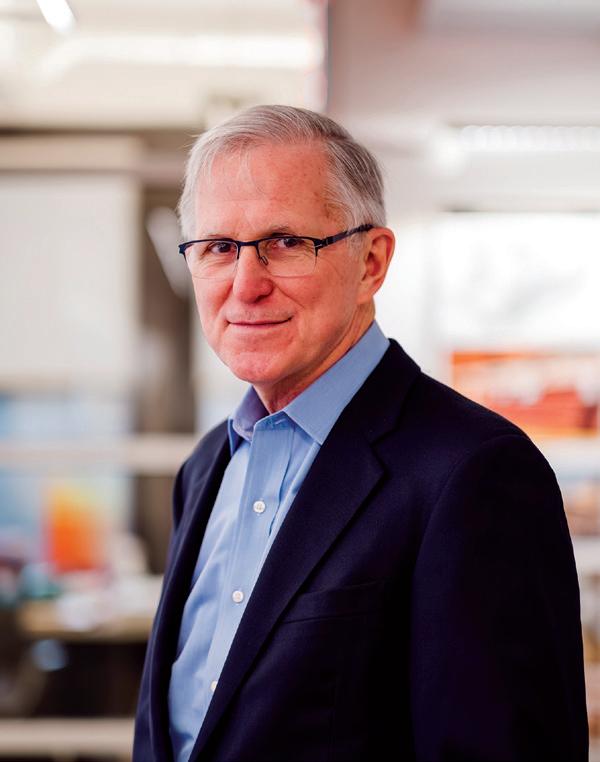
February 26th - Julia Morgan: The Most Accomplished Female Architect of Her Time
Presented by Dr. Karen McNeill
Julia Morgan (January 20, 1872 – February 2, 1957) an American architect and engineer, designed more than 700 buildings in California during a long and prolific career. She is best known for her work on Hearst Castle in San Simeon, California. Morgan was the first woman to be admitted to the architecture program at l’École nationale supérieure des Beaux-Arts in Paris and the first woman architect licensed in California. She designed many buildings for institutions serving women and girls, including a number of YWCAs.
Julia Morgan was the first woman to receive the American Institute of Architects highest award, the AIA Gold Medal, posthumously in 2014.
March 5th - Charles Follen McKim: Creating an Architecture for America
Presented by Dr. Richard Guy Wilson
Charles Follen McKim (August 24, 1847 – September 14, 1909) provided the architectural expertise as a member of the partnership McKim, Mead & White.
Richard Guy Wilson is an expert on historic architecture. He is the Commonwealth Professor in Architectural History at the University of Virginia and has received numerous awards, including the university’s Outstanding Professor award in 2001.
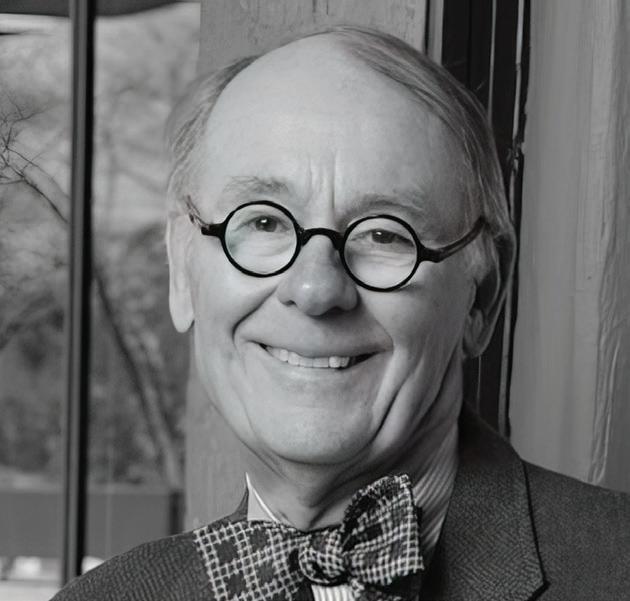
March 12th - Daniel Burnham and the City Beautiful Movement
Presented by Dr. Kristen Schaffer
Daniel Hudson Burnham FAIA (September 4, 1846 – June 1, 1912) was an American architect and urban designer. A proponent of the Beaux-Arts movement, he may have been, “the most successful power broker the American architectural profession has ever produced.”
A successful Chicago architect, he was selected as Director of Works for the 1892–93 World’s Columbian Exposition, colloquially referred to as “The White City”. He had prominent roles in the creation of master plans for the development of a number of cities, including the Plan of Chicago, and plans for Manila, Baguio and downtown Washington, D.C.
March 19th - Carrère & Hastings: Perhaps If Not for Henry Flagler
Presented by Dr. Laurie Ossman
In 1902 the New York Herald proclaimed Whitehall as, “more wonderful than any palace in Europe, grander and more magnificent than any other private dwelling in the World.” Carrère and Hastings, who designed Flagler’s Hotel Ponce de Leon, studied at the École des Beaux-Arts in Paris and went on to design many Gilded Age landmarks.
Dr. Ossman is an architectural historian who has worked in curatorial and preservation roles at Vizcaya, Ca’d’Zan, the Flagler Museum, and Monticello, prior to her current position at Woodlawn Plantation and Pope-Leighey House in Mt. Vernon, Washington D.C.


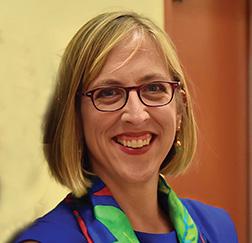
West Palm Beach: Flagler’s Vision is Finally Becoming a Reality
Join us Saturday, January 28, at 10:30 a.m. at The Square in West Palm Beach for a discussion between Flagler Museum Executive Director, John M. Blades, and Harvey Oyer, attorney and historian, about the founding of West Palm Beach, the history of the city, and the recent growth of the downtown. The discussion will take place at The Square, 700 S Rosemary Avenue, on the lawn, in West Palm Beach.
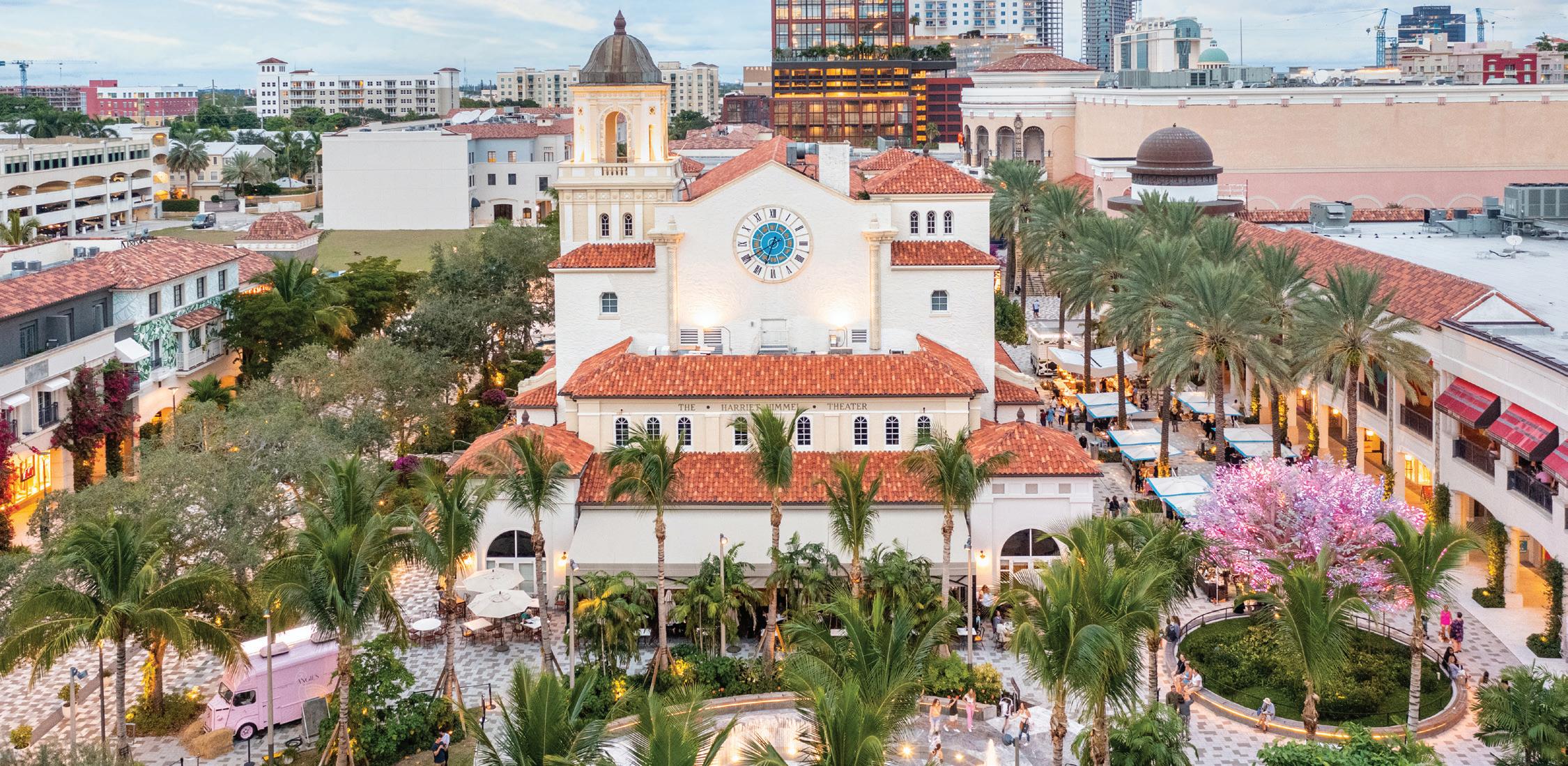
RSVP: Live on Eventbrite; complimentary to attend. $20 optional donation to Flagler Museum includes a gift bag and reserved covered seating. Learn more at: www.TheSquareWestPalm.com
Valentine’s Day Tea in the Café des Beaux-Arts

Tuesday, February 14
Seatings at 12 pm and 2 pm
Tickets available at www.FlaglerMuseum.us
$50 for Museum Members
$80 for non-members
Includes Museum Admission, Tax (Gratuity will be added at time of payment)
Advance Purchase Required
Tea was a popular vacation pastime for those visiting Palm Beach and Henry Flagler’s lavish resort hotels during the Gilded Age. Join the Museum in commemorating the return of this historic tradition, with your sweetheart, on Valentine’s Day. Guests will indulge in a special tea while listening to the romantic sounds of a live classical harp performance.
Valentine’s Day Tea is funded in part by The Palm Beach County Board of County Commissioners, Tourist Development Council, and the Cultural Council for Palm Beach County.






